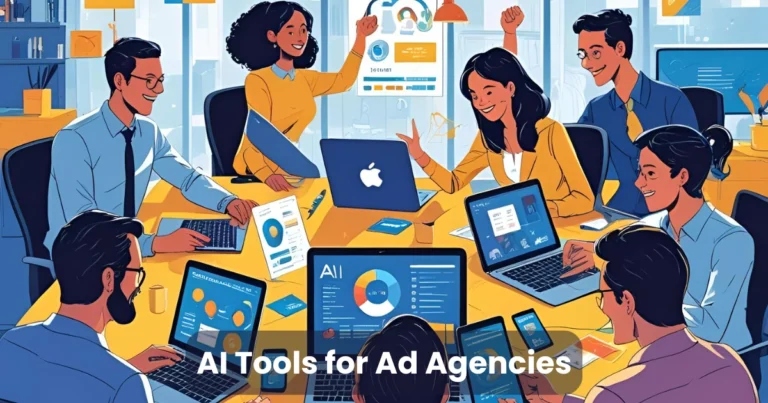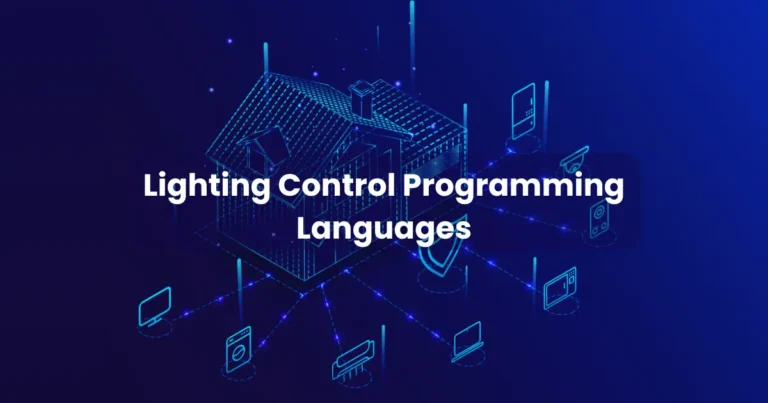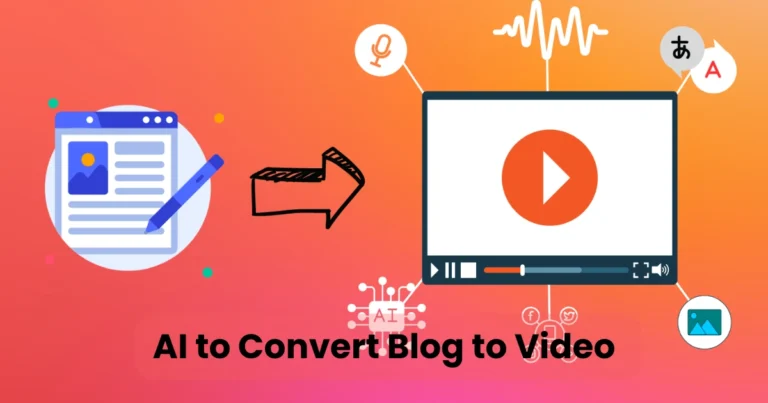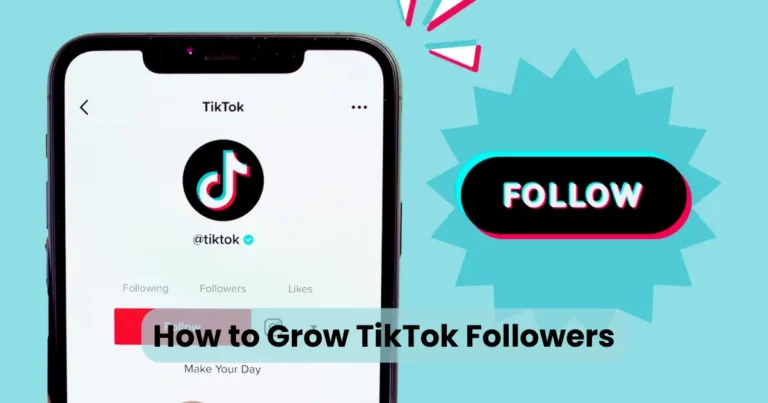The Convergence of AI and Traditional Video Production
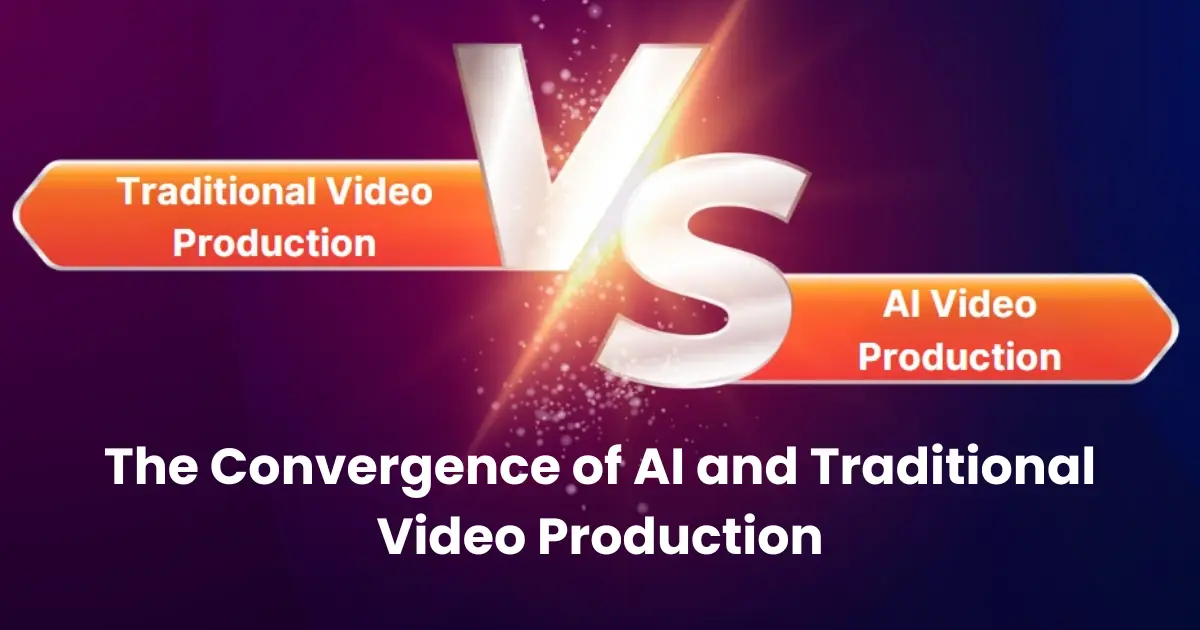
Contents
In today’s rapidly evolving digital era, the convergence of AI and traditional video production is reshaping the landscape of visual storytelling. As content creation becomes more competitive, this fusion offers an innovative path to meet growing demands while maintaining high production quality. Notably, both large studios and independent creators are embracing this blend to stay relevant in an ever-changing market.
Moreover, the integration of artificial intelligence with time-tested video techniques introduces enhanced efficiency, speed, and creativity. While traditional production methods rely on manual processes, AI-driven tools streamline everything from scriptwriting to editing. As a result, the industry is witnessing a paradigm shift one that balances automation with artistic vision.
Evolution of Traditional Video Production
Before the integration of artificial intelligence, traditional video production followed a linear and manual process. Every stage from scripting and casting to shooting and editing required the direct involvement of skilled professionals. Cinematographers adjusted lighting by hand, editors cut reels manually, and directors relied solely on human intuition to make creative decisions.
Initially, film production was limited by expensive equipment and long timelines. Although the advent of digital cameras and non-linear editing software streamlined some aspects, the process remained labor-intensive. Teams had to collaborate closely, and even minor revisions could cause significant delays.
However, as technology advanced, traditional workflows began to incorporate digital tools. Software like Adobe Premiere Pro and Final Cut Pro revolutionized post-production. Still, creativity, timing, and precision largely depended on human input. Despite technological support, the process maintained a deeply manual core, where craftsmanship and experience played pivotal roles.
Over time, industry professionals recognized the need for more agile solutions. As audience demands grew and turnaround expectations tightened, the limitations of a purely traditional model became more evident. This realization set the stage for a deeper integration of intelligent technologies, leading to the convergence of AI and traditional video production.
The Rise of Artificial Intelligence in Media
As digital transformation accelerated, artificial intelligence began to make waves across various creative industries especially media. Initially, its presence was subtle. For example, algorithms were used to recommend content on streaming platforms or to generate subtitles automatically. Gradually, AI matured from a background utility into a front-line creative partner.
Simultaneously, machine learning models evolved to understand context, emotion, and tone crucial components in visual storytelling. Tools powered by AI could now analyze thousands of hours of footage to detect patterns, facial expressions, or even brand logos. This allowed producers to make data-informed decisions faster and more accurately than ever before.
In addition, AI has enabled real-time translation, synthetic voice generation, and even deepfake technology all of which have opened new doors in content creation. These innovations are not just gimmicks; they are transforming how stories are told, edited, and distributed. Consequently, the boundary between human creativity and machine capability has started to blur.
Therefore, it is no surprise that the convergence of AI and traditional video production is gaining momentum. While AI doesn’t replace human talent, it certainly amplifies it, making workflows smarter and results more impactful.
How AI Is Changing Traditional Video Production
As artificial intelligence becomes more advanced, its impact on traditional video workflows continues to grow. Through a range of innovative tools, AI is transforming how video content is created, edited, and refined. Consequently, production teams now operate with greater efficiency, precision, and flexibility than ever before. Let’s explore some of the most notable transformations:

1. Automated Editing
Previously, editors had to sift through hours of footage to find the perfect clips. Now, AI can automatically identify key scenes, cut unnecessary content, and even match transitions to music beats. Not only does this save time, but it also ensures consistent quality especially in fast-turnaround environments like news or event coverage.
2. Scriptwriting and Storyboarding
AI is also stepping into the early stages of production. Generative models can now draft scripts based on input themes, moods, or character prompts. Moreover, tools like storyboard generators translate written scripts into visual panels, significantly speeding up pre-production. As a result, creative teams can test narrative ideas before committing resources to full shoots.
3. Voiceovers and Dubbing
Thanks to AI-driven voice synthesis, lifelike narration can be generated in multiple languages without hiring separate voice actors. This development has been especially useful for localization. Additionally, AI can now sync dubbed voices with original lip movements, reducing the need for extensive manual adjustments.
4. Enhanced Visual Effects (VFX)
In the past, creating high end visual effects required a large team and months of work. Today, AI simplifies this process by automating tasks like background replacement, facial tracking, and color grading. As a result, smaller studios can now produce content that rivals big-budget productions.
Ultimately, the convergence of AI and traditionalvideo production is not about replacing professionals it’s about enhancing their capabilities. By automating repetitive tasks and offering creative suggestions, AI allows teams to focus more on storytelling and less on time-consuming technical processes.
Benefits of the Convergence
As digital tools and traditional craftsmanship unite, the industry is experiencing a wave of benefits. Clearly, the convergence of AI and traditional video production is more than a trend it’s a strategic advantage. While each benefit can stand alone, together they reshape the entire production landscape.

1. Speed and Efficiency
To begin with, AI drastically reduces production timelines. For example, editing tasks that once took days can now be completed within hours using smart automation. Consequently, deadlines are met more easily, and last-minute revisions become far less stressful. This newfound speed is particularly valuable for agencies managing multiple clients or projects simultaneously.
2. Cost Reduction
Moreover, financial efficiency is another major upside. By automating repetitive or technical tasks, production teams can operate with smaller crews or fewer outsourcing needs. Although initial AI implementation might involve some investment, the long-term savings are significant. Additionally, tools such as automated dubbing or background removal help avoid extra software licenses or studio rentals.
3. Creative Enhancement
While many assume AI limits originality, it actually fuels it. Tools that generate script variations, suggest scene transitions, or simulate lighting setups give creators more options to explore. As a result, directors and editors can make faster, more informed creative decisions without sacrificing artistic integrity.
4. Scalability
Furthermore, this convergence allows studios to scale operations. With AI handling foundational tasks, teams can take on more projects without increasing overhead. In effect, scalability is no longer tied solely to manpower, but to intelligent infrastructure.
Ultimately, the convergence of AI and traditional video production empowers creators to deliver high-quality content faster, more affordably, and with greater creative freedom. These benefits are not just technical upgrades they represent a new mindset for the modern storyteller.
Challenges of Integrating AI with Traditional Techniques
Despite the many advantages, the convergence of AI and traditional video production also brings certain challenges. As with any technological shift, obstacles arise in both the technical and creative realms. Understanding these hurdles is essential for successful implementation.

1. Creative Control Concerns
First and foremost, many filmmakers express concern over losing creative control. While AI can offer useful suggestions or automate processes, it may also impose limitations on unique, human-driven storytelling. In some cases, creators feel their vision is diluted when machine-generated content influences the final product. Therefore, striking a balance between automation and originality becomes crucial.
2. Technical Barriers and Integration Issues
Furthermore, integrating AI into existing production pipelines isn’t always seamless. Legacy systems may lack compatibility with newer AI tools, leading to workflow disruptions. Moreover, technical expertise is required to operate and maintain these systems skills that traditional production teams may not possess initially.
3. Data Privacy and Ethical Questions
In addition, AI relies heavily on data much of which may be sensitive or proprietary. From facial recognition to voice replication, ethical concerns around consent and privacy continue to grow. If not handled properly, the misuse of such data could result in legal or reputational issues for production companies.
4. Resistance to Change
Finally, change often meets resistance. Many professionals who have mastered traditional techniques may hesitate to adopt AI-based workflows. Training teams and shifting mindsets require time and effort, which can delay adoption even if the long term benefits are clear.
Future Outlook of Video Production
Looking ahead, the convergence of AI and traditional video production is set to redefine the boundaries of creativity, technology, and storytelling. As artificial intelligence becomes more sophisticated, its role in video production will evolve from a supportive tool to a collaborative co-creator.

1. More Personalized Content
In the future, AI will enable hyper-personalized video content. Platforms will adapt trailers, advertisements, or even full-length videos based on viewer preferences, behavior, and real time data. Consequently, brands and filmmakers will be able to connect more deeply with individual audiences, delivering tailored experiences at scale.
2. Real-Time Production Enhancements
Additionally, real-time AI-driven production enhancements will become the norm. On-set tools will offer instant feedback on lighting, sound, and framing dramatically improving efficiency. As a result, production crews can make immediate adjustments, reducing post-production workload and improving overall quality.
3. Virtual and Augmented Reality Integration
As virtual and augmented reality gain momentum, AI will play a crucial role in automating scene rendering, motion tracking, and environmental simulations. Therefore, immersive video experiences will be produced faster and more affordably, opening new doors in education, gaming, and interactive storytelling.
4. Democratization of Video Creation
Moreover, as AI tools become more accessible, content creation will no longer be limited to professionals. Independent creators, educators, and small businesses will gain access to high-quality production capabilities. This democratization will diversify content landscapes, giving rise to fresh voices and innovative formats.
The convergence of AI and traditional video production is not a passing trend it is the future foundation of the industry. As AI continues to complement human creativity, video production will become more agile, inclusive, and dynamic than ever before.
Conclusion
In summary, the convergence of AI and traditional video production marks a pivotal evolution in how visual stories are told, shaped, and shared. While traditional methods have long emphasized human artistry and intuition, the rise of artificial intelligence brings speed, scale, and intelligent automation to the process. Together, these forces are reshaping the production landscape in ways that were unimaginable just a decade ago.
Although challenges such as creative control, ethical considerations, and technical limitations still exist, they are steadily being addressed through thoughtful integration and industry adaptation. Moreover, the increasing accessibility of AI tools is making it possible for both large studios and independent creators to benefit from this convergence.
Ultimately, this fusion of old and new will not only streamline production but also amplify creativity allowing storytellers to focus more on imagination and emotion rather than technical constraints. As innovation continues, those who embrace the convergence of AI and traditional video production will be the ones leading the future of cinematic and digital storytelling.


